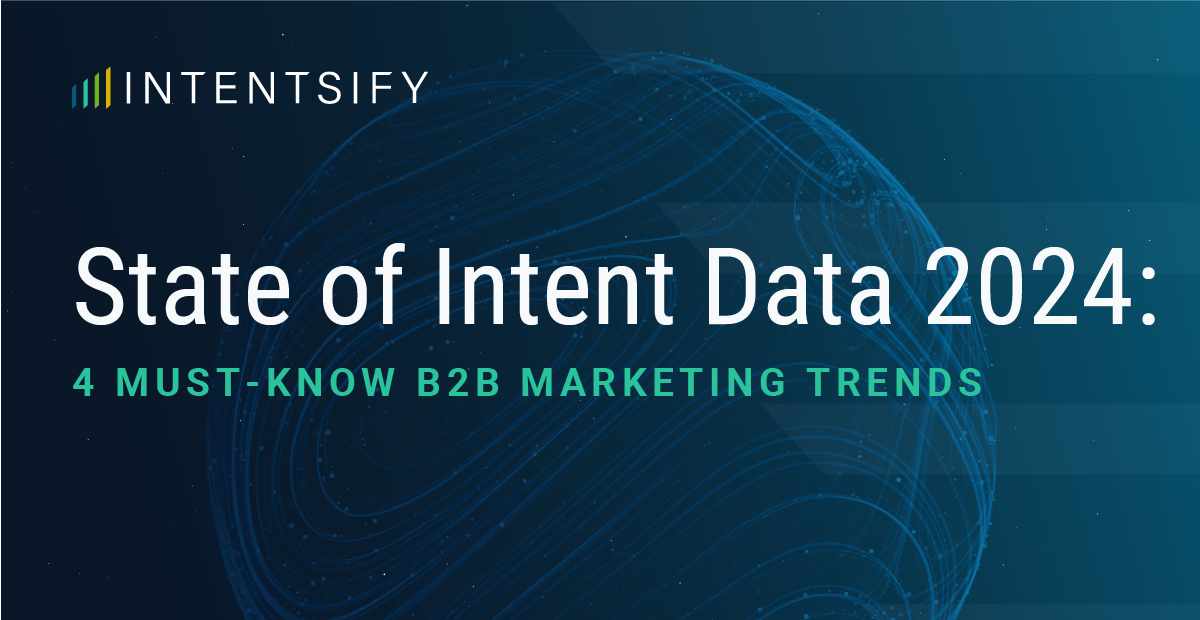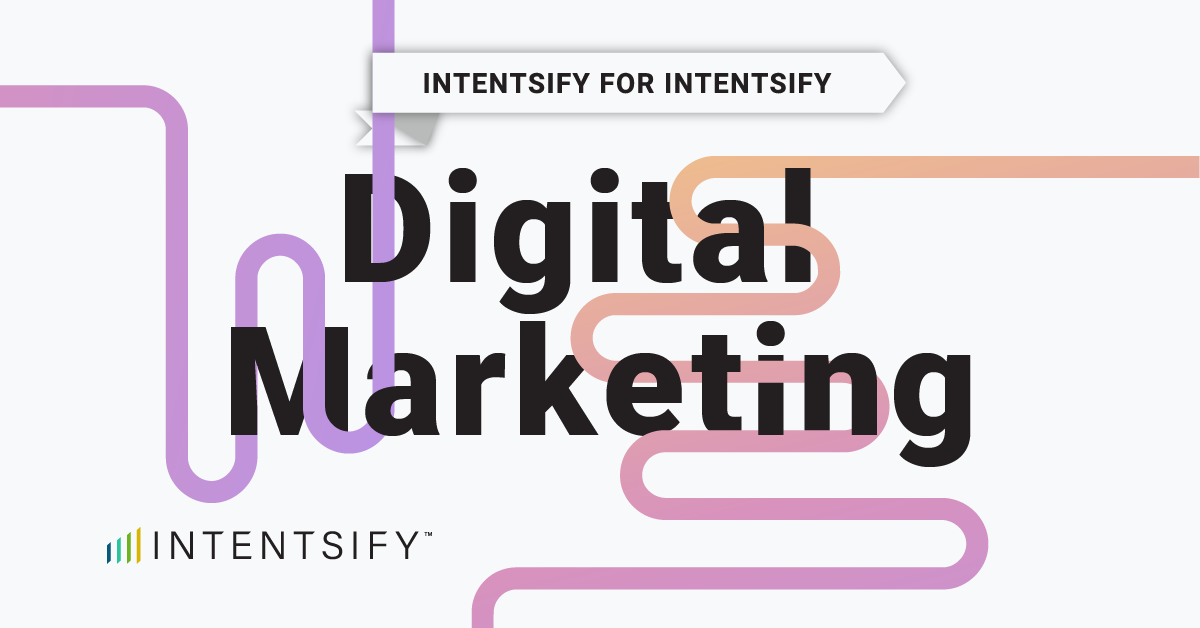Innovations in online behavioral data have driven a rapid evolution in GTM strategies, which are now incredibly sophisticated and dynamic. These new strategies drive better results, making businesses more scientific about resource allocation and messaging.
Unfortunately, the dynamic nature of these new data sets make GTM strategies really difficult to execute. And data-driven strategies are only as good as an organization’s ability to action them across all customer and prospect-facing teams.
Intent data is no different. These solutions have significantly shaped B2B marketing, sales, and customer success strategies over the past few years. Intent data offers market intelligence that helps B2B teams understand their prospects’ and customers’ needs better. Yet, several critical roadblocks are preventing GTM teams from gaining intent data’s full value.
Reason #1: Lack of Adequate Signal Coverage
Using more sources and types of intent data informs your strategy more accurately. More intent signals improve coverage of research activities while enabling verification across multiple sources.
Today’s market offers too many solutions using limited intent sources and single methodologies. This is a problem. No one or two sources of intent can cover all your target markets’ research activities. You’ll miss critical signals while overvaluing unimportant ones, ultimately producing inaccurate intelligence.
You must use a solution that aggregates multiple, differentiated sources, tracking methods and evaluation models. This provides greater coverage and multifaceted perspectives of your buyers’ priorities.
Reason #2: Using Disparate Intent Solutions Isn’t Effective
The seemingly simple solution is to aggregate multiple intent data feeds and/or solutions, which is much easier said than done. Combining multiple intent feeds should provide research coverage and signal accuracy for comprehensive account intelligence.
However, this is nearly impossible to do manually. The varying range of derivation methods and evaluation models makes comparing data feeds incredibly time consuming. Not only does this waste resources but you also likely won’t be able to digest disparate feeds, synthesize them into useable intelligence, and act on them before they’re no longer relevant. If your team tries to do this manually, you’re going to struggle to:
- Quickly set up, synthesize and analyze intent signals from multiple feeds to get a thorough understanding of buyers.
- Distribute intent-driven intelligence to teams in charge of acting on it
- Ensure the end users of the intelligence can quickly and effectively act on the intelligence you’re delivering.
Reason #3: Generic, Manual Modeling Prevents Intent Precision
Almost all intent data models derive intent signals by monitoring selected intent topics and/or keywords. Three factors often hinder the accuracy and value of intent solutions:
- A limited number of intent topics/keywords available to monitor. If an intent solution can’t track a large, varied, custom list of topics and keywords relevant to your business solutions and offerings, your team won’t find much value in it.
- Inability to select the right combination of topics/keywords (i.e. human error). Beyond ensuring a solution gives you the means to choose relevant topics and keywords to monitor, you need to ensure that someone on your team is tasked with selecting and continuously updating those topics/keywords. This requires a level of knowledge and time commitment that not every team has accounted for or are capable of doing it at all. Instead, these teams are relying on the intent provider to dictate what they should be tracking and they have even less of an understanding.
- Equally weighted topics and keywords. Likely the biggest problem. Even if GTM teams have knowledgeable users with the time to select and update the proper topics and keywords to track, the intelligence will be skewed if all the topics/keywords are given the same weight. Intent models should give greater weight to more relevant topics and keywords according to the customers’ specific needs. These shortcomings prevent the precision that B2B teams desperately need when marketing to their prospects effectively and efficiently. In a time where teams are constantly being asked to scale efforts and do more with less, the need for precision is paramount.
Vendors quickly introduced intent data to the market, attracting many invested teams and launching numerous solutions that promised a seamless, intelligence-based customer journey. The truth is few solutions offer both outstanding intent data and ways to act on the intelligence.






